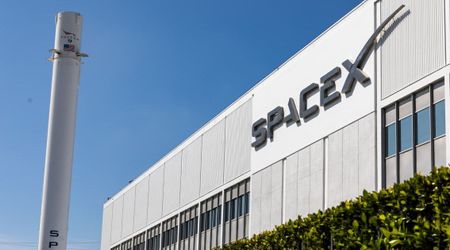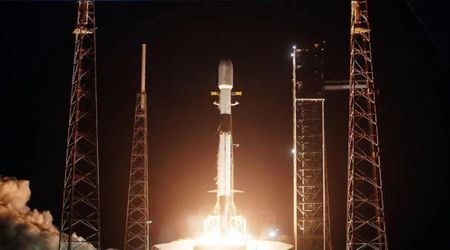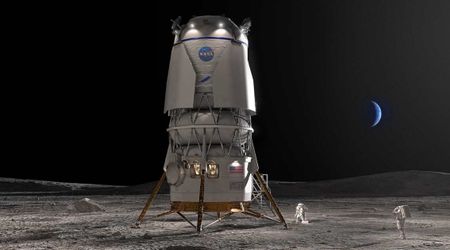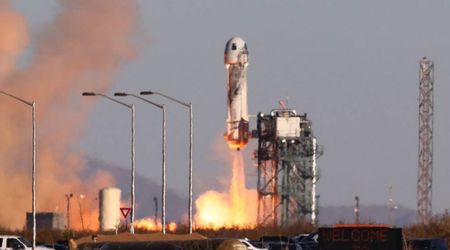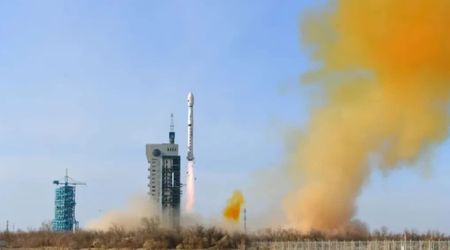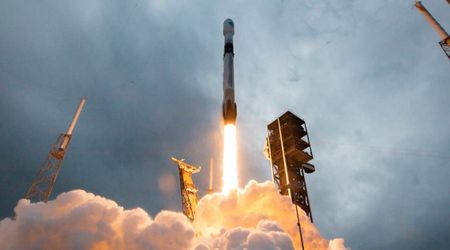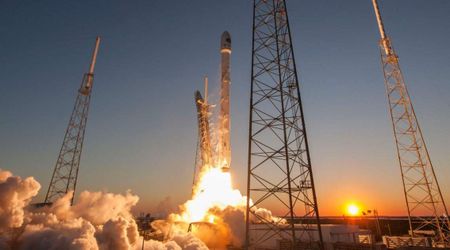Space-based air quality monitoring mission, TEMPO, receives extension from NASA

NASA's revolutionary Tropospheric Emissions: Monitoring of Pollution (TEMPO) mission, launched in 2023, has successfully concluded its initial 20-month prime mission, prompting an immediate extension through at least September 2026. This decision underscores the mission's exceptional performance in delivering striking, hourly air quality data across North America from its perch 22,300 miles above Earth, according to NASA.
.@NASA’s TEMPO satellite instrument has powered on, moving us one step closer to more detailed observations of pollution in our atmosphere!
— NASA Langley Research Center (@NASA_Langley) July 12, 2023
Read more about the instrument's progress here: https://t.co/jQpkhkkBQq pic.twitter.com/RzxhDzTaxK
TEMPO stands as NASA's pioneering effort to continuously monitor air quality during daylight hours using a spectrometer, providing detailed measurements down to a few square miles, a significant leap forward in satellite-based atmospheric monitoring. “NASA satellites have a long history of missions lasting well beyond the primary mission timeline. While TEMPO has completed its primary mission, the life for TEMPO is far from over,” stated Laura Judd, a research physical scientist and TEMPO science team member at NASA’s Langley Research Center. She highlighted the mission's transformative impact: “It is a big jump going from once-daily images prior to this mission to hourly data. We are continually learning how to use this data to interpret how emissions change over time and how to track anomalous events, such as smoggy days in cities or the transport of wildfire smoke.”

The mission adeptly detects trace gases like nitrogen dioxide, ozone, and formaldehyde in the troposphere, signaling alterations in air quality caused by smog, wildfire smoke, dust, and emissions from vehicles and power plants. A major triumph during its initial phase has been the rapid delivery of data. Hazem Mahmoud, lead data scientist at NASA's Atmospheric Science Data Center, emphasized this achievement: “A major breakthrough during the primary mission has been the successful test of data delivery in under three hours with the help of NASA’s Satellite Needs Working Group. This information empowers decision-makers and first responders to issue timely air quality warnings and help the public reduce outdoor exposure during times of higher pollution.”
TEMPO data, freely available through the Atmospheric Science Data Center, has seen remarkable uptake. Mahmoud reported, “The TEMPO mission has set a groundbreaking record as the first mission to surpass two petabytes, or 2 million gigabytes, of data downloads within a single year,” he further added, “With over 800 unique users, the substantial demand for TEMPO’s data underscores its critical role and the immense value it provides to the scientific community and beyond.” The primary users include air quality forecasters, atmospheric scientists, and health researchers.

The TEMPO mission is a joint endeavor between NASA and the Smithsonian Astrophysical Observatory, which manages daily operations and data product generation. Future collaborations, notably with the National Oceanic and Atmospheric Administration (NOAA), will expand TEMPO's datasets to include aerosol products capable of distinguishing between smoke and dust particles, along with insights into their altitude and concentration.
Xiong Liu, TEMPO’s principal investigator at the Center for Astrophysics Harvard & Smithsonian, noted the immediate impact of the data: “These datasets are being used to inform the public of rush-hour pollution, air quality alerts, and the movement of smoke from forest fires,” further adding, “The library will soon grow with the important addition of aerosol products. Users will be able to use these expanded TEMPO products for air quality monitoring, improving forecast models, deriving pollutant amounts in emissions, and many other science applications.” The mission's validation has been a broad community effort involving over 20 federal and international agencies and more than 200 scientists. “I look forward to seeing how TEMPO data will help close knowledge gaps about the timing, sources, and evolution of air pollution from this unprecedented space-based view,” Judd concluded.
